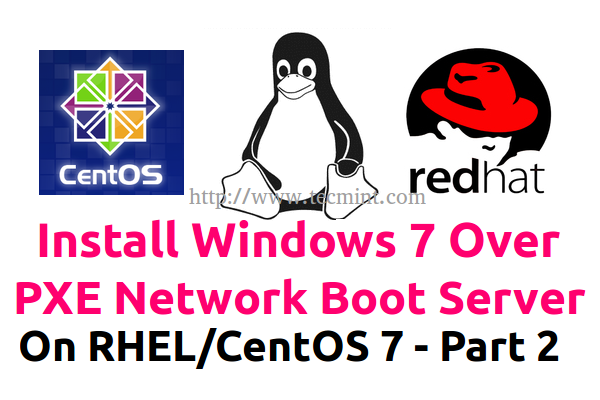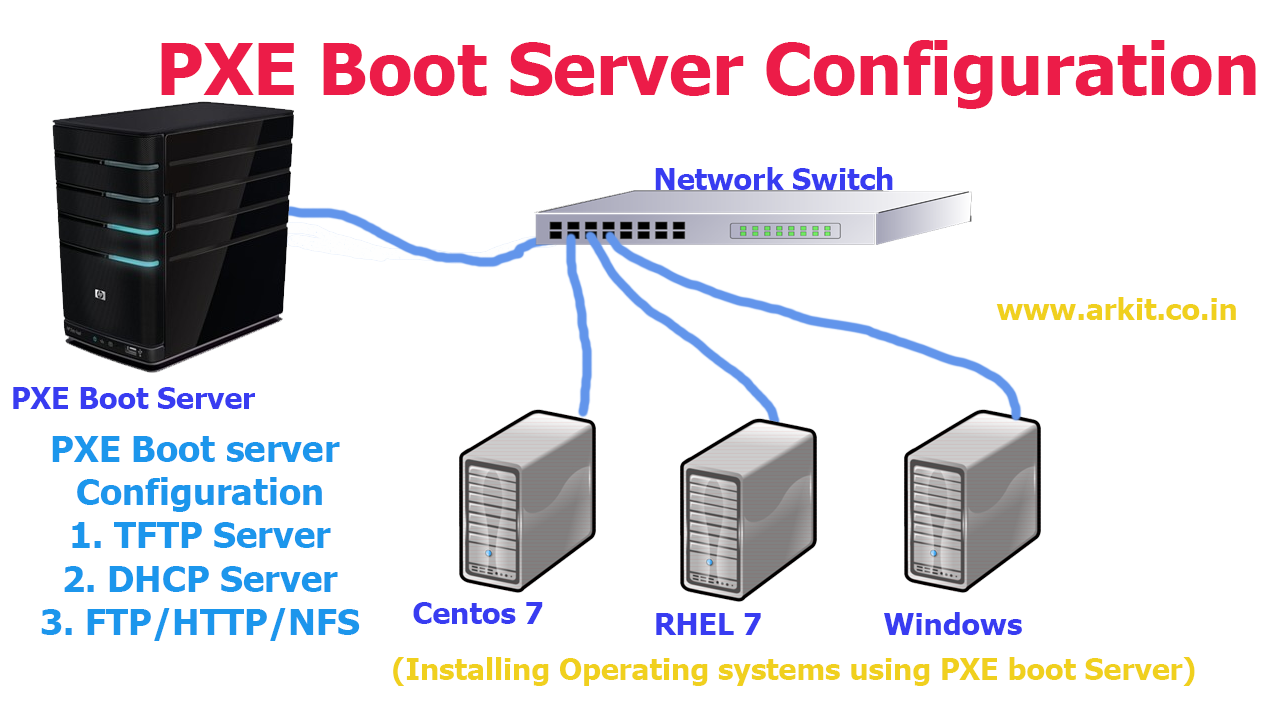Booting Windows 7 Via Network Technologies
Nforce 560 Chipset Driver Windows 7 Nvidia Graphics. Not taking into account any specific computers. • How do I set up a computer to boot from a network drive?
• How do I set up the network drive to allow itself to be booted from. I am open to using either Windows Server or any Linux Server distro. Whichever is easier. The images that I want to boot from on the network drive will be Windows images. The computer will basically become a thin client. Update: This is basically what I wanted to do, I just need to know how to do it.
How to install Windows 7 from the network? Installing Windows 7 over PXE Network Boot Server on RHEL/CentOS 7 using WinPE ISO Image. In order to boot and install Windows 7 via network and PXE server.


Deploy an already created image of Windows 7 from Windows Server 2008 R2 over the network. The Client will utilize the OS provided by the server, but all the resources will be used locally such as CPU and RAM. If it is easier to deploy the image from Linux then Windows, then I will use that instead. If I understand this correctly, you want a system where a server sends a packaged OS to a local machine each time the system boots up. You don't want a thin client since all processing needs to happen on the local machine and not a server.
You don't want a traditional OS since that will write files to the local hard drive. What it should like you want is the windows equivalent of a network hosted Linux live CD. While there are solutions that perform this action, they are geared towards system administrators who want to fix problems. Each one is setup slightly differently so check out the products website for more info. () As for a network environment of a windows 7 workstation, that does not exist yet. The only licensing models I know of are as follows: • Windows Home / Pro / Enterprise - Local install • Windows Thin Client - Remote terminals that connect to a server. • Windows embedded - Special Kiosk installs that have the OS on local hardware.
This is all based off assumptions made when reading your question. I apologize in advance if this doesn't apply to your situation. [EDIT] My recommendation based on the comment that this is a home environment is to just use a traditional installation on local hard drives. There are a lot of tools to do automated deployments, maintenance, and management. Most software has silent installation methods that can allow you to bring back a dead system with only a few minutes of interaction and a few hours of processing time.
Treat the computers as if they were in a small business and you'll find a lot of tools out there to make supporting the environment easier. Network booting is different than booting off of a hard drive, and you can't really directly boot off of a Windows network share. The computer you want to boot off the network must support PXE, which most do nowadays. PXE kicks in when you turn the computer on and fetches an address from a DHCP server. The DHCP server must also be configured with an option that tells it where to go to get a bootloader.
That bootloader is then fetched using tftp. You must also be running a tftpd server which hosts that bootloader. Tftpd32 is a nice Windows program that can act as both a DHCP and TFTP server if you want something to experiment with. Game Naruto Ultimate Ninja Strom 3 Untuk Pc Games. The bootloader is then responsible for loading and launching the OS. That bootloader must have the capability of initializing a 'network-drive' aware OS. Linux supports running straight off of a mounted NFS drive, but Windows doesn't really support that as far as I know.
With Windows, you had Remote Installation Services (RIS) and now, Windows Deployment Services. These are minimal environments that are designed to support remote imaging and reinstallation, so I don't know how it would go as far as just running an OS off of a network share. (If I find additional information shortly I'll edit this).